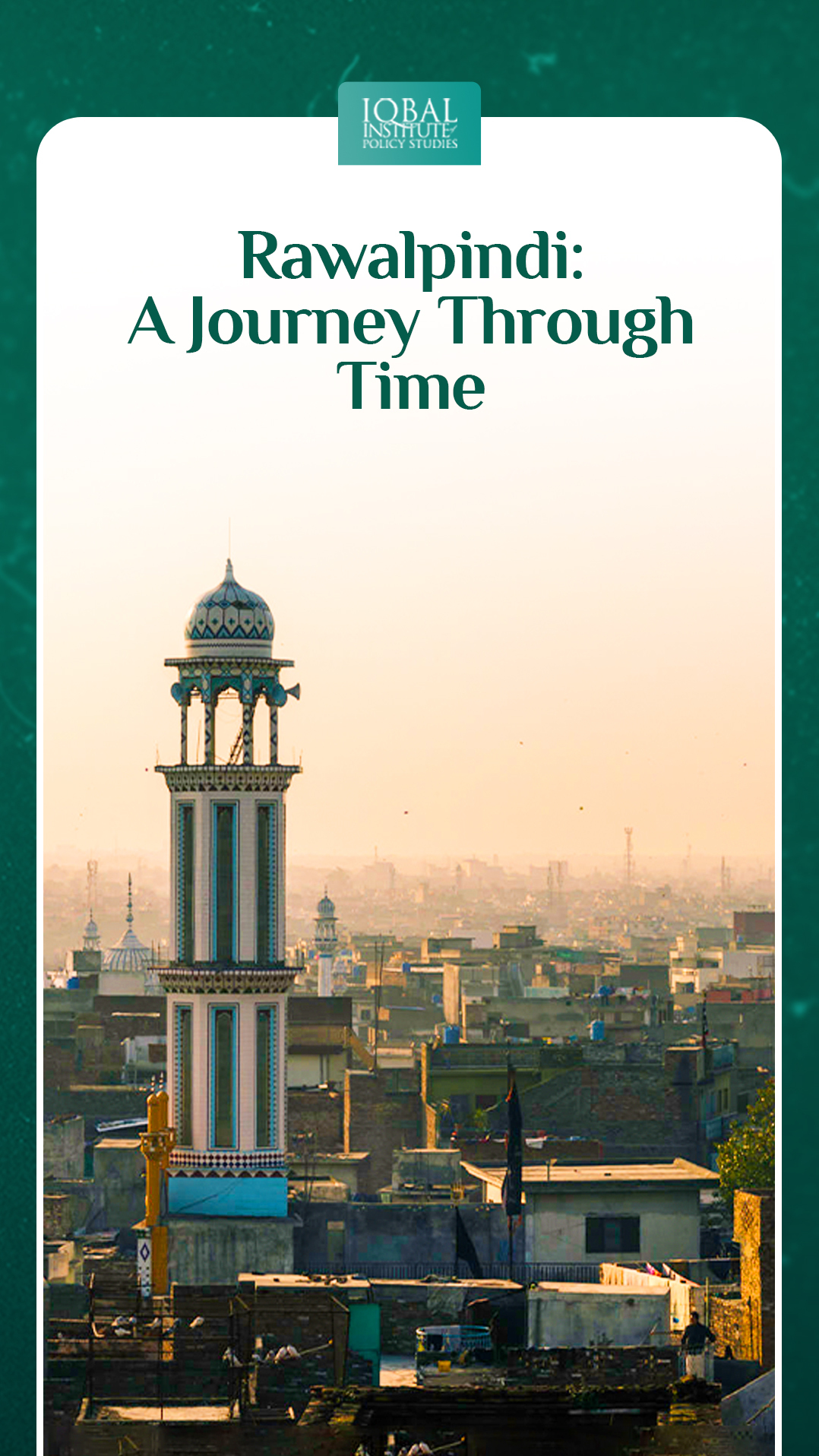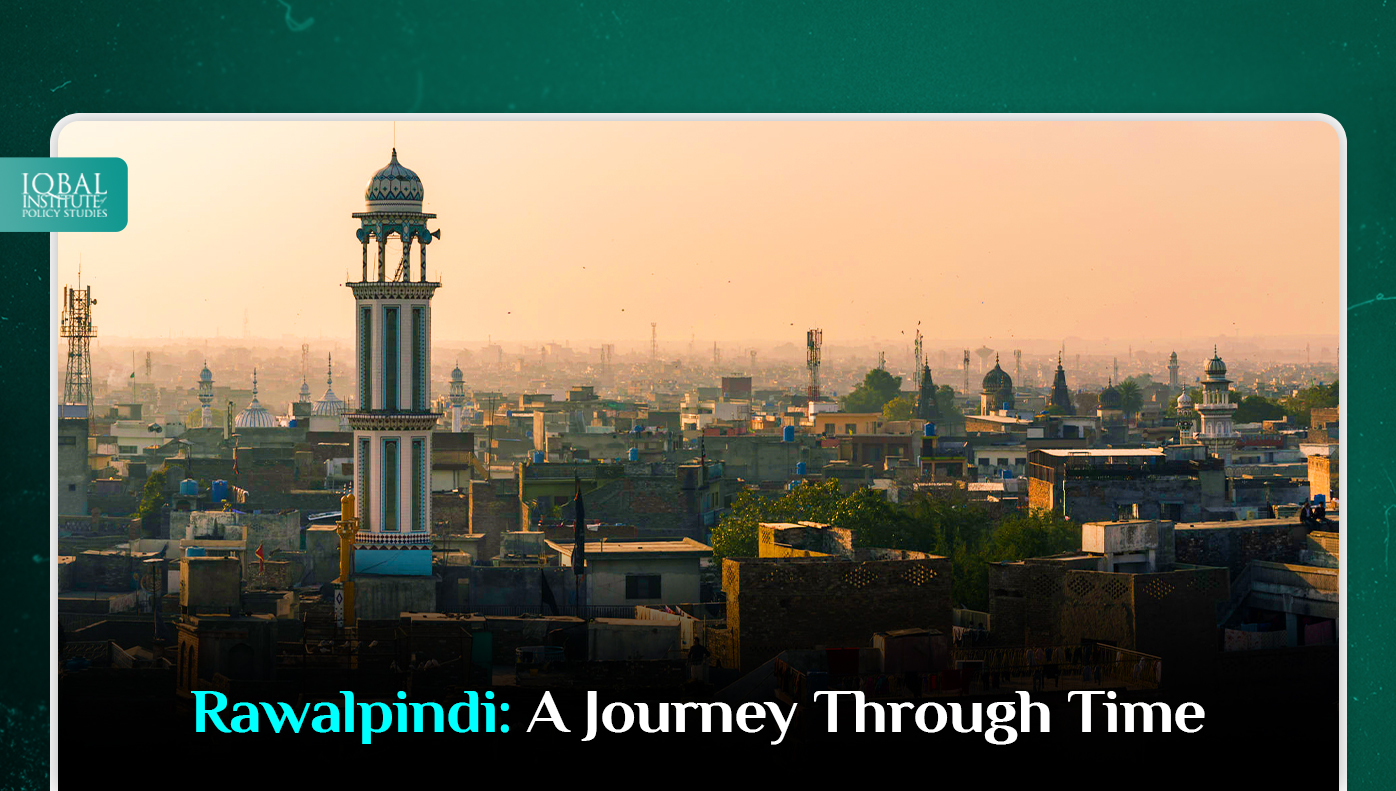Introduction
Rawalpindi, a city steeped in rich history and cultural significance, has witnessed a remarkable transformation over the years. Located in the heart of Pakistan, this vibrant city showcases a perfect blend of old-world charm and modernity. As urban development takes centre stage, preserving its heritage becomes essential to maintain a sense of identity and honouring the city’s past. In this blog, we will explore the fascinating journey of heritage transformation in Rawalpindi, highlighting the efforts made to preserve its historical treasures while embracing the demands of a rapidly evolving society.
A Glimpse into Rawalpindi’s Heritage
The city’s history dates back to around 500 BCE, as evidenced by archaeological remains. It was officially founded as a settlement in the late 10th century AD when it was gifted to a Ghakkar chief. Rawalpindi served as a Ghakkar kingdom, connected to the Mughal Empire but functioning independently. In 1765 Rawalpindi fell to the Sikhs, and it became their military headquarters. The Sikh occupation led to the influx of Hindu, Jain, and Parsi traders from various cities in Punjab, contributing to the growth of Rawalpindi as a logistics centre and main bazaar. The city underwent further changes by introducing a railway link, establishing a circular road, and developing separate cantonments and old city areas. Rawalpindi’s historical role as a complex of bazaars with specialised market centres persisted, with wealthy Sikh, Hindu, and Parsi traders benefiting from their ties to the British army and the trade routes passing through Rawalpindi. The partition of the sub-continent in 1947 led to a radical shift in Rawalpindi’s demographics as non-Muslim residents fled and were replaced by a new Muslim population. The city’s trajectory continued with the transfer of the former British cantonment to the Pakistan Army. The post-partition era witnessed the planning and development of Islamabad, which became the capital of Pakistan, while Rawalpindi became its “Twin City” and a wholesale centre. The Rawalpindi Development Authority was established, and the city received its Master Plan. Islamabad and Rawalpindi have become integrated urban entities, with more resources allocated to the capital, resulting in an asymmetrical development pattern between the two cities ( Rogers et al., 2018).
Rawalpindi has a rich cultural heritage spanning centuries. Known as one of the oldest cities in the region, Rawalpindi has ancient roots dating back thousands of years, with evidence of human presence found in the nearby Soan Valley. The city flourished under the Mughal Empire and bore the architectural marks of that era, including mosques, gardens, and forts. Rawalpindi’s historical landmarks, such as the Rawalpindi Fort and the Raja Bazaar, stand as a testament to its ancient past. During the British colonial period, Rawalpindi became an important garrison town and featured several colonial-era buildings. The city’s cultural diversity is reflected in its cuisine, traditions, festivals, and languages spoken. Religious sites, such as the Raja Bazar Mosque and the Hazrat Pir Meher Ali Shah Shrine, hold significance for locals and visitors alike. Rawalpindi also boasts a thriving arts and crafts scene, with traditional handicrafts still being practised by local artisans. Overall, Rawalpindi’s heritage is a vibrant tapestry of history, architecture, culture, and traditions that continue to shape the city’s identity in present times. Rawalpindi’s heritage weaves together history, architecture, spirituality, and culture, offering a captivating glimpse into the city’s past and Pakistan’s cultural richness.
Challenges Faced by Heritage of Rawalpindi
The heritage of Rawalpindi faces several challenges that impact its preservation and conservation. These challenges include
Urbanization and Development
As Rawalpindi experiences rapid urbanization and development, there is often pressure to accommodate the growing population and have to construct new infrastructure. This results in the demolition or alteration of historic buildings and sites to make way for modern structures, leading to the loss of heritage.
Lack of Awareness and Appreciation
Many residents and visitors are not fully aware of the significance and value of Rawalpindi’s heritage. This lack of awareness is leading to a lack of appreciation and neglect of historical sites and traditions.
Encroachment and Unauthorized Construction
Encroachment by individuals or illegal construction in and around heritage sites poses a threat to their integrity. Unplanned and unauthorized development degrades the surrounding areas and negatively impacts the overall heritage landscape.
Inadequate Maintenance and Conservation Efforts
Limited resources, both financial and human, hampering the maintenance and conservation of Rawalpindi’s heritage. Lack of proper funding and expertise for preservation activities results in the deterioration of historic structures, monuments, and artefacts.
Commercialization and Tourism Pressures
While tourism can contribute positively to the local economy, uncontrolled tourism and commercialisation place a strain on heritage sites. Excessive visitor traffic, inadequate infrastructure, and improper management are leading to physical damage and loss of authenticity.
Political and Social Instability
Political and social instability disrupt conservation efforts and hinder the protection of heritage. Lack of stability may result in insufficient government support, weak enforcement of regulations, and increased vulnerability to vandalism and looting.
The Way Forward
To ensure the preservation and sustainable management of Rawalpindi’s heritage, several steps need to be taken. First and foremost, raising awareness and educating the public about the cultural and historical significance of the city’s heritage is essential. This can be achieved through public awareness campaigns and educational programs, involving schools, colleges, and community organizations. Strengthening legal protection is another crucial aspect. Enacting comprehensive legislation and establishing strict guidelines for development and construction around heritage sites will help safeguard them from encroachment and unauthorized alterations. Adequate funding and resources must be allocated for heritage preservation, with support sought from the government, international organizations, and the private sector. Establishing a dedicated heritage preservation fund can ensure a sustainable source of funding. Collaborative partnerships between government agencies, heritage organizations, academia, and local communities are vital. Conservation and restoration efforts should be undertaken, including detailed surveys, conservation plans, regular maintenance, and restoration activities.
Conclusion
Rawalpindi, a city steeped in rich history and cultural significance, has radically transformed while preserving its heritage. In Pakistan’s heart, Rawalpindi showcases a perfect blend of old-world charm and modernity. However, the city’s heritage faces challenges such as urbanization, lack of awareness, encroachment, inadequate maintenance, commercialization, and political instability. To overcome these challenges, raising awareness, strengthening legal protection, allocating adequate funding, and promoting collaborative partnerships are crucial. By balancing development with heritage preservation, raising awareness, regulating construction, providing resources, and fostering collaboration, Rawalpindi can ensure the long-term conservation of its vibrant heritage. The city’s journey of heritage transformation serves as an inspiration, demonstrating how a city can embrace its past while embracing the demands of the present and future, allowing Rawalpindi to thrive as a cultural gem for generations to come.
This article is written by Waqar Ahmad. Waqar is a Research Analyst at the Iqbal Institute of Policy Studies (IIPS).
References
- Rogers, A. P., Zhou, I. J., & van Oers, R. (2018). Living heritage of Rawalpindi. Operationalizing the historic urban landscape: A practitioner’s view, 64-82.
- https://rda.gop.pk/rawalpindi/
- https://pakistantourntravel.com/2021/04/08/reviving-glory-of-rawalpindi/



Leave a Reply